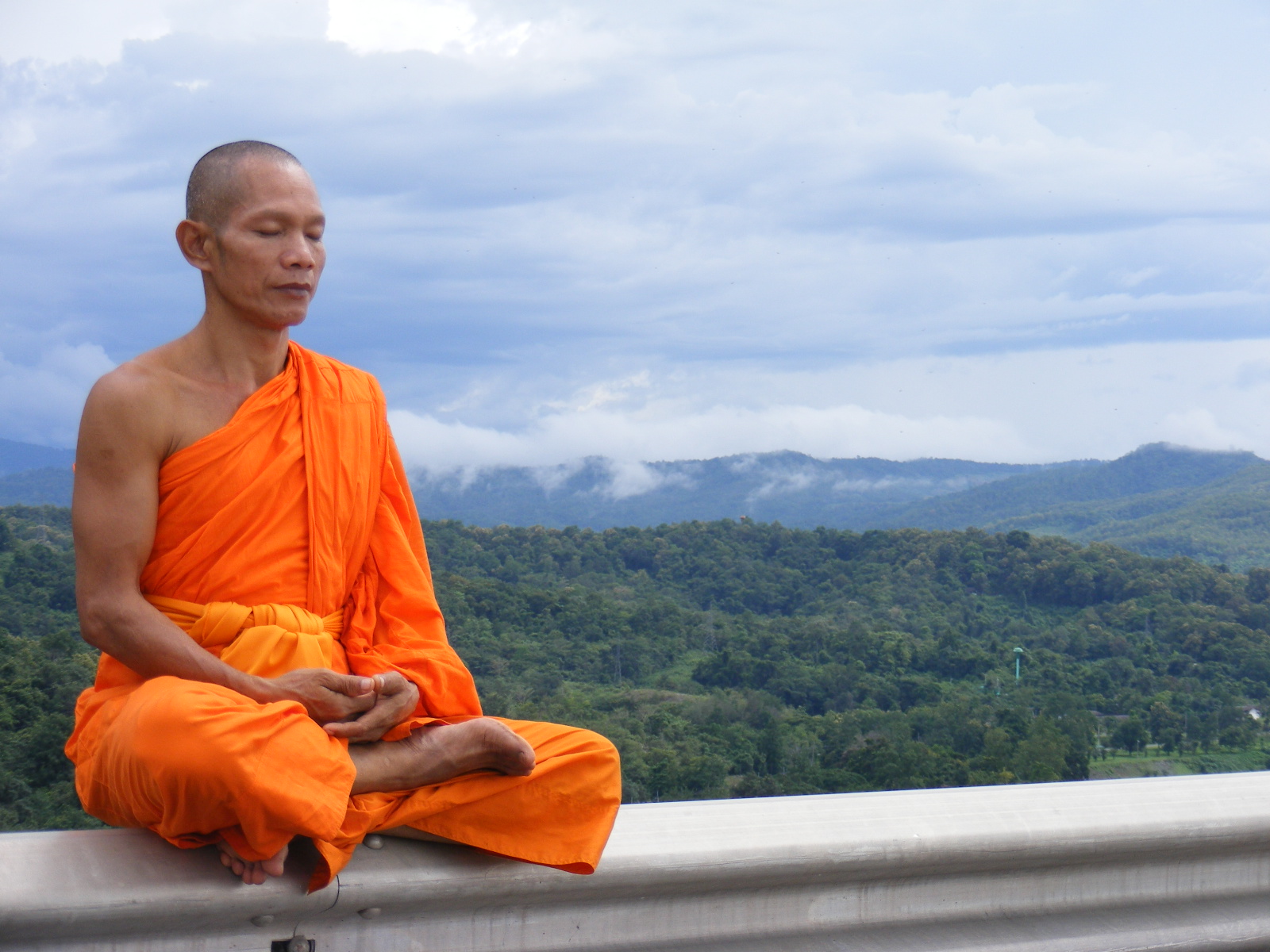SAMATTA, VISPASSANA AND ZEN MEDITATION

Semi-Lotus Meditation
Question
I am presently learning Theravadin meditation, Samatta and eventually Vipassana, from a Buddhist lodge. I asked the teacher whether it was compatible to learn both Zen meditation, and Samatta and Vipassana meditation, as my original goal was to learn Zen meditation. He replied that one must base his teaching on the Theravadin cannon of the Buddha, as it is recognized by both Theravadin and Mahayanist schools. When I pressed further, he said that it was up to the individual to investigate the teachings and make his own decision.
-- Lee, Singapore
Answer
Samatta or tranquil meditation and Vipassana or insight meditation are found in all the three traditions of Buddhism, namely Theravada, Mahayana and Vajrayana.
The purpose of Samatta meditation is to calm the mind and make it one-pointed. This can be attained by focusing the mind at one point, such as the breathing, an external object, an external or an internal part of the body, a mantra, or an image of a Buddha or a Bodhisattva.
The purpose of Vipassana meditation is to investigate into ultimate reality, which leads to Enlightenment. This can be attained by investigating deeper and deeper into phenomena until the phenomena break down and ultimate reality is reached. For example, the meditator may investigate what his body is made up of, then what constitutes the various parts of his body, then what constitutes the minute particles that form these body parts, and so on. Or he may ask questions like what is life, and what is karma.
Samatta and Vipassana are two stages of the same meditation. The meditator first attains Samatta, then uses Samatta for Vipassana. In other words, first he attains a one-pointed mind, then with the one-pointed mind he investigates into reality.
Zen meditation is quite different. It aims at non-thought. Since the phenomenal world is the result of thoughts, if a cultivator attains non-thought he breaks down the phenomenal world and attains transcendental reality, which is Enlightenment.
Ultimate Reality is undifferentiated. There are no different entities like tables and humans, clouds and mountains in Ultimate Reality. But we see Ultimate Reality differentiated into separate entities because of the layers and layers of defilement due to countless thoughts. In other words, our mind creates the phenomenal world.
In Ultimate Reality there are no tables and humans, clouds and mountains. Ultimate Reality is just One undivided spread of energy, infinite and eternal. But our mind, which is a collective term for all our senses, interprets some small portions of this undifferentiated energy as tables and humans, and other small portions as clouds and mountains.
In Samatta and Vipassana meditation, the cultivator tears away these countless layers of defilement that transform Ultimate Reality into the phenomenal world. This may take many lifetimes. In Zen meditation, the cultivator aims directly at Ultimate Reality. If he is ready, he may reach Ultimate Reality in an instant.
It is true that both Mahayanist and Vajrayanist Buddhists regard the Theravadin cannon as the basic teaching. After this basic teaching on morality, the Mahayanist and Vajrayanist cannons go on to more advanced teachings on cosmic wisdom. Theravadins, however, think that these advanced teachings were not taught by the Buddha but were later additions, whereas Mahayanists and Vajrayanists think that they were originally taught by the Buddha but were lost in the Theravadin tradition.
Nevertheless, it is pertinent to note that many basic Mahayanist and Vajrayanist teachings, like the transmigration of souls, energy and mind, gods and heavens, and the Bodhisattva ideal, are also found in the Theravadin cannon, although ordinary Theravadin followers may not know them, as these teachings are seldom mentioned by Theravadin masters.
LINKS
